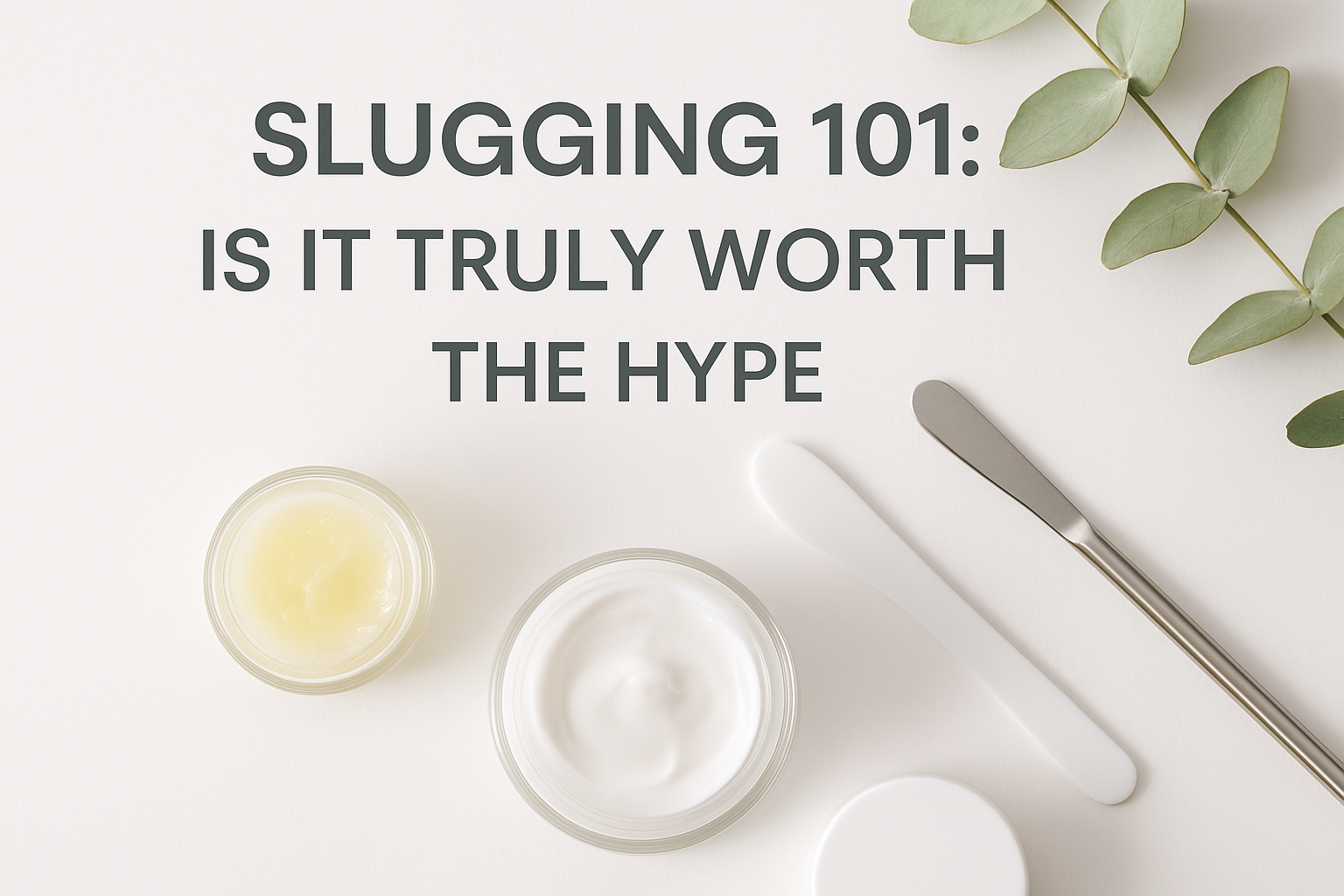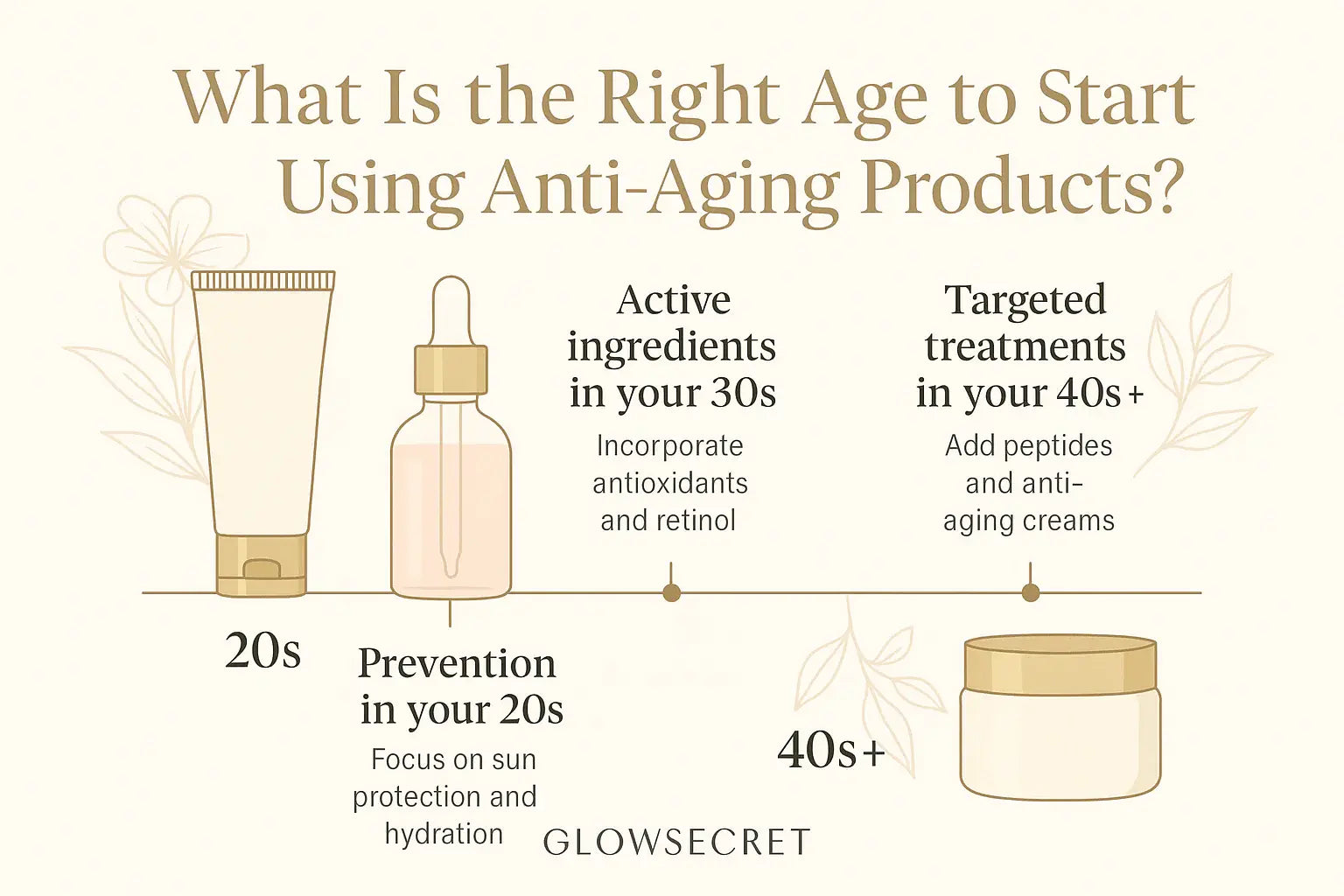
Slugging 101: Is It Truly Worth the Hype
In the ever-evolving world of skincare, trends come and go faster than you can say “glass skin.” But one trend that has not only stuck around but also sparked serious conversation is slugging. Whether you’ve seen the term on TikTok, Reddit’s r/SkincareAddiction, or in beauty mags, slugging has become a buzzword in recent years. But what exactly is it, and is it truly worth incorporating into your routine — or just another social media-fueled fad?
Let’s break it down.
What is Slugging?
Slugging is a skincare technique that involves coating your face with a layer of petrolatum-based product (think: kose ceramiaid skin cream ) as the final step in your nighttime skincare routine.
The idea is to create an occlusive barrier that seals in moisture and prevents transepidermal water loss (TEWL), helping your skin stay hydrated and plump while it repairs overnight.
Despite its recent rise to fame on TikTok, slugging isn’t new. It’s been a staple in K-beauty for years and has long been recommended by dermatologists for extremely dry or compromised skin.
How Does It Work?
Slugging works by using an occlusive agent — like petroleum jelly — to lock in all the good stuff you’ve applied beforehand (hydrating serums, moisturizers, etc.). While it doesn’t actively hydrate, it prevents moisture from escaping, giving your skin a chance to retain hydration and repair its barrier more effectively.
Who Should Try Slugging?
Slugging can be a game-changer — but only for the right skin types. Here's a quick breakdown:
Best For:
-
Dry, dehydrated, or sensitive skin
-
Damaged skin barriers (e.g., over-exfoliated or windburned skin)
-
Harsh cold weather conditions
Proceed With Caution If You Have:
-
Oily or acne-prone skin (occlusives can trap oil and bacteria)
-
Rosacea or fungal acne (certain formulations might aggravate)
The Right Way to Slug
-
Cleanse your face thoroughly.
-
Apply your regular skincare — think hydrating serums, essences, and moisturizers.
-
Apply a thin layer of CeraVe Moisturizing Cream over your entire face.
-
Sleep, and wash it off in the morning with a gentle cleanser.
Pro tip: You don’t need to slug every night — 1–3 times a week is often enough for most people.
Pros and Cons of Slugging
Pros:
-
Prevents moisture loss
-
Supports skin barrier repair
-
Leaves skin soft, plump, and glowing
Cons:
-
Can clog pores if not done correctly
-
Messy and sticky (think pillowcase chaos)
-
Not ideal for all skin types
Final Verdict: Is It Worth the Hype?
Yes — for the right skin type and conditions.
Slugging isn’t a miracle cure for all skin woes, but it can be incredibly effective for boosting hydration and repairing a damaged barrier. If you have dry or sensitive skin, it may become your holy grail during colder months. But if you’re oily or acne-prone, tread carefully and consider less occlusive options.
As always, patch test and listen to your skin.
Have You Tried Slugging?
Let us know your thoughts or results in the comments below. Did it give you baby-soft skin overnight, or just a greasy pillowcase?




Leave a comment
This site is protected by hCaptcha and the hCaptcha Privacy Policy and Terms of Service apply.